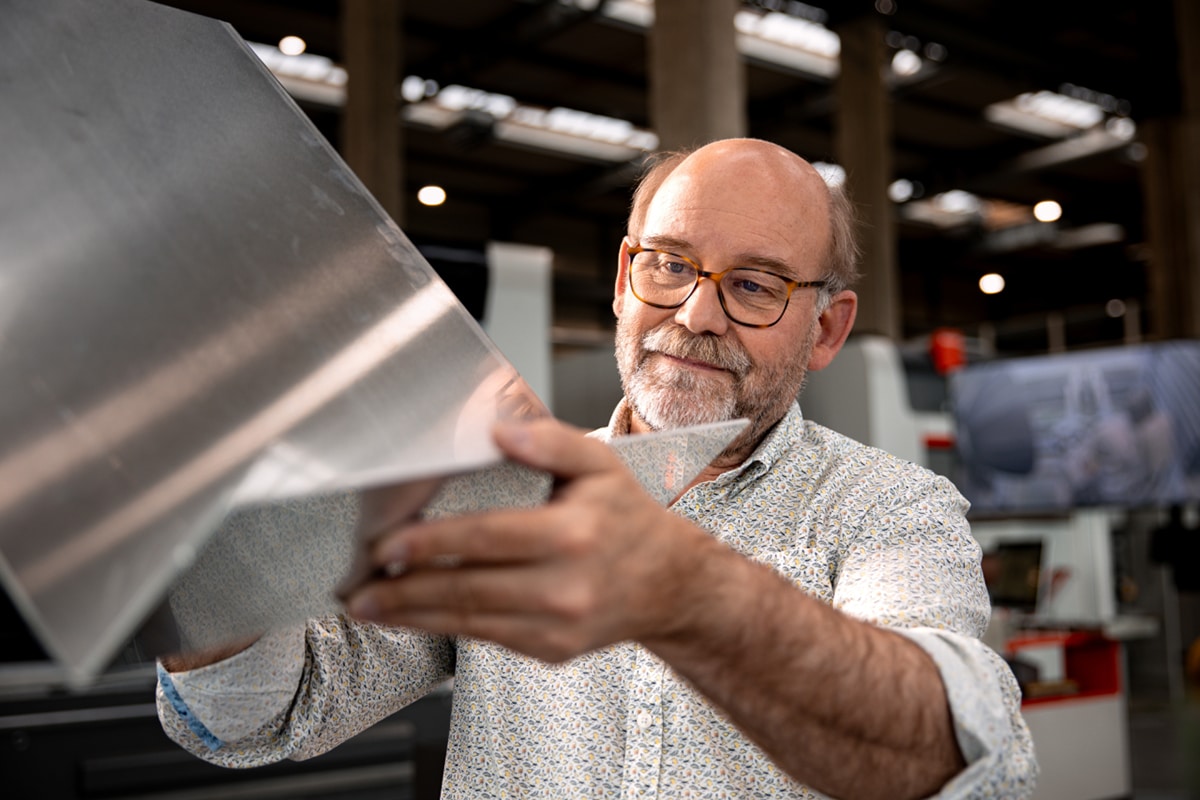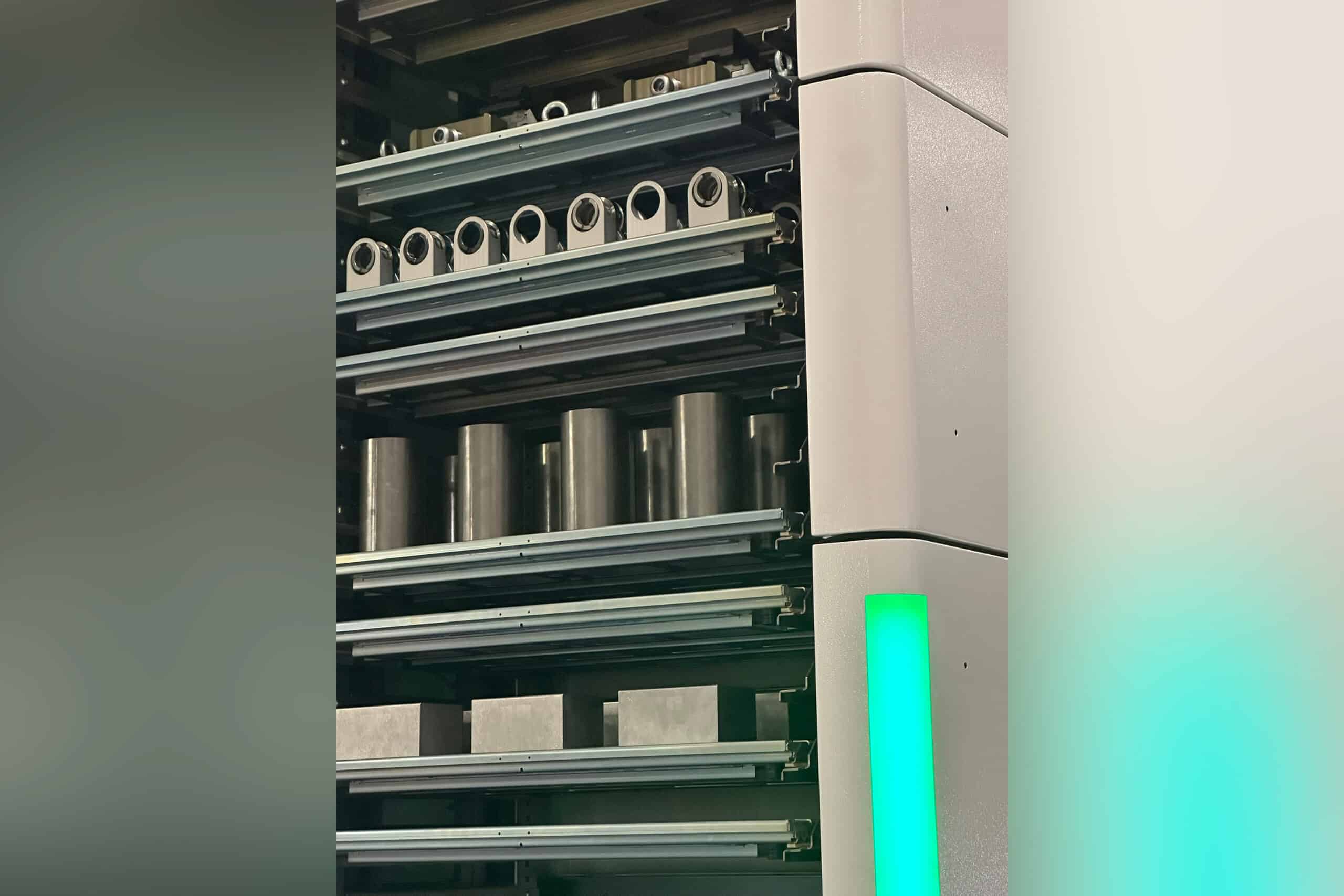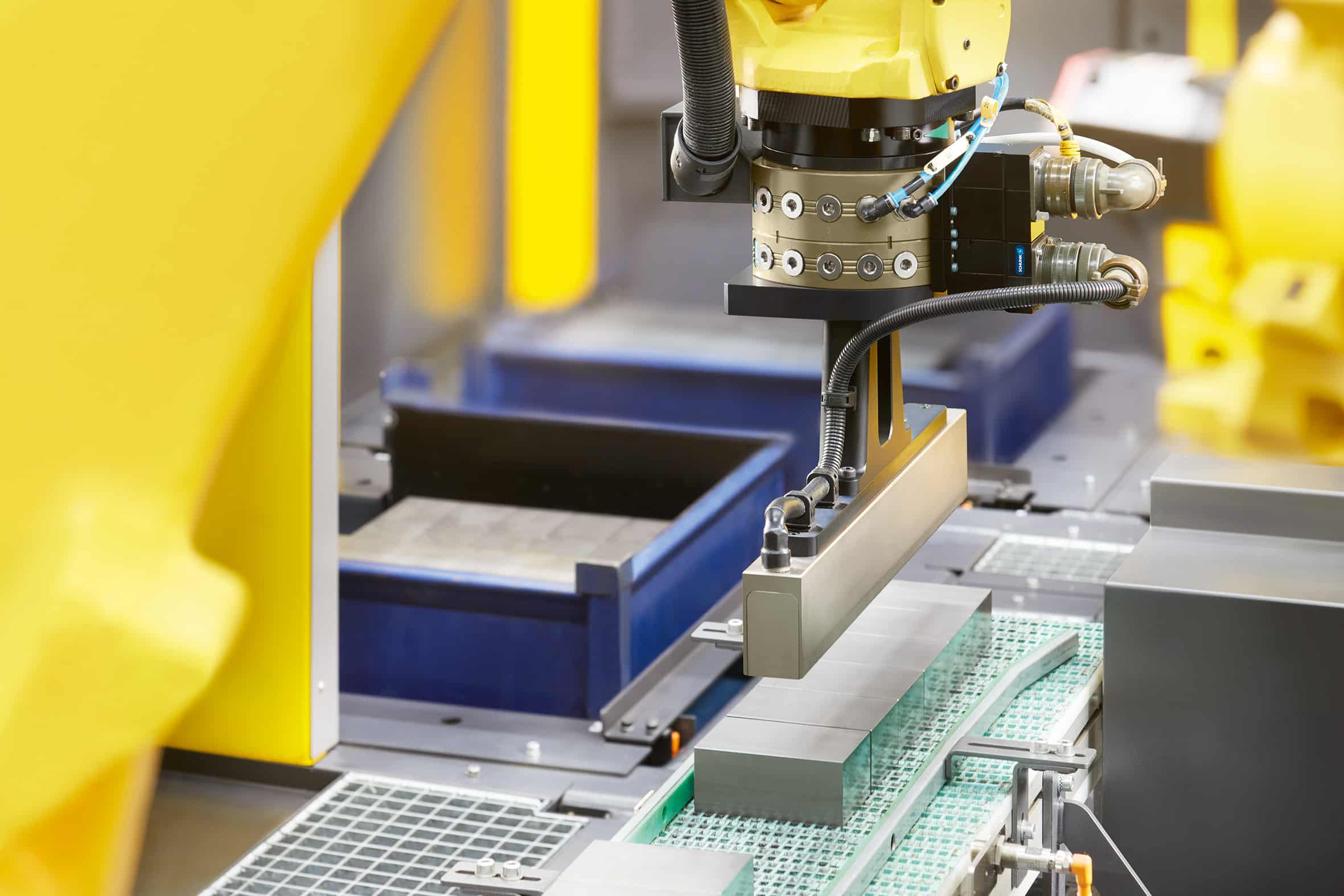
Additive manufacturing: who makes money from it?
The wave of Additive Manufacturing (AM) is gaining momentum. It continues to grow at 25% per year. Those who were not yet convinced of its potential could find numerous examples at the last TechniShow or at D2M. First often as a technology for the cost-effective production of prototypes, but increasingly it is emerging as an alternative to classic production technology. Also for series production. But who is achieving great success with it in Europe? How did they get there and what pitfalls did they encounter?
A well-known application of AM can be found in our own country, for example. At Volvo Trucks production, they went to work with AM to design and produce a clamp that should prevent the brake lines from getting pinched during screwing. In the past, problems with this often came to light only at the end of the production line. Consequence? The truck had to go back on the line, with all the associated costs and delays. Not very efficient. Now, with a plastic print of only a few tens of euros, one has a fail-proof system that improves productivity. A typical example of how looking at products and processes in a smart way with little cost can lead to much profit.
It is these stories that clearly highlight AM's potential. In the industry today, 16% of companies are already actively engaged in 3D printing. The technology is there, the applications are there, and avant avec la technology? The early adopters already know it - think Asco, Shell, ASML... -, now it's up to the early majority to make it work. Yet there still seems to be cold feet about really embedding AM in the strategy of manufacturing companies. Internal expertise and know-how, investment costs and lack of (seeing) a business case are the main barriers, according to a survey by Flam3D. Applying AM in products is obviously not straightforward. Certain standards and certifications can cause delays there. After all, it takes time to go through the necessary testing processes.
But there is also low-hanging fruit. Prototypes, yes, but AM can also provide an answer for spare parts, components that have become obsolete, customized products... Plenty of ground to explore, in other words. But how to get started? Step 0 should therefore be finding the right business case. Then we no longer talk about costs, but about investments; then there is added value. The next step is then to free up enough time. Someone within the organization must be given the time and resources to explore the best course of action. After all, there are already sixteen AM technologies available for 3D printing metal alone, each with their strengths and limitations. In these, the right choices must be made, according to one's own processes and products.
If it succeeds, there are many benefits to be reaped. Personalized and customer-specific production, for example. Lightweight structures that require less material. Complex shapes and parts becoming possible. Or production when the demand is there, instead of expensive stock. And, of course, cost efficiency. 3D printing is not an end in itself, but a means to make these promises a reality. AM is still developing, but translates into a competitive advantage for those who buy into it. Maybe not today, but certainly tomorrow.
Kris Binon
Director Flam3D



